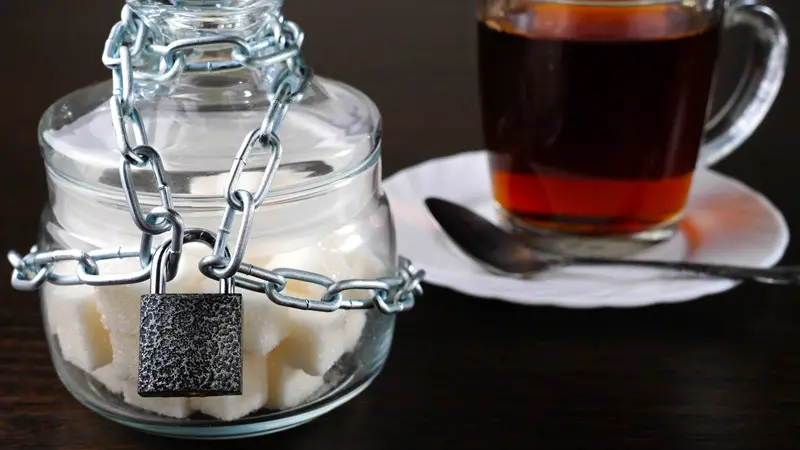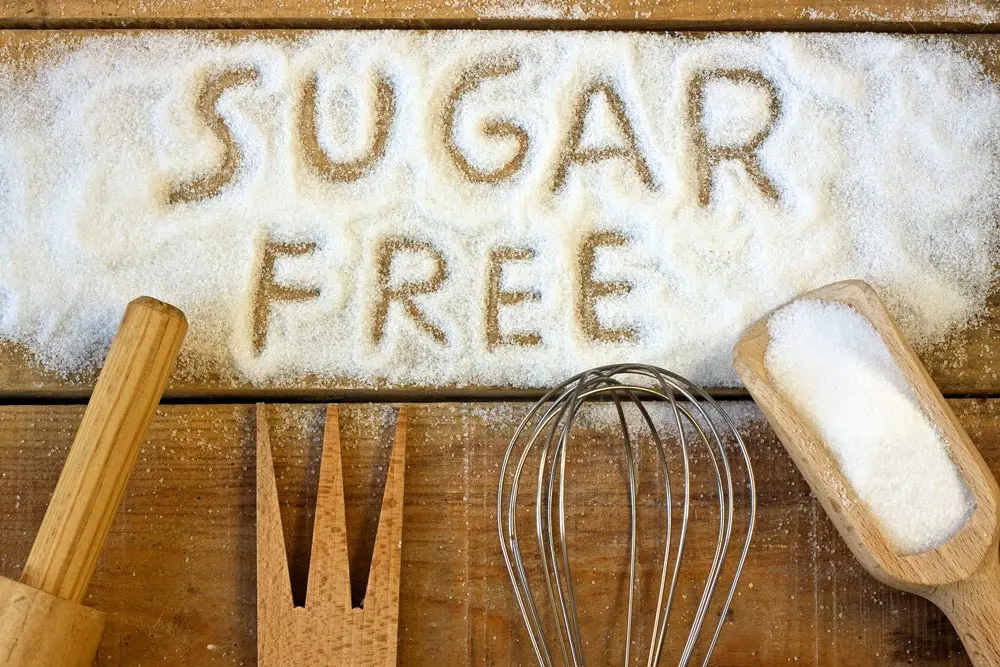By Kristin DeasyKristin Deasy is a freelance writer from California based in ArgentinaTechnically, it’s humanly impossible to go sugar-free as your body converts most of what it ingests into sugar. This, in turn, is what largely powers your brain. Before you take that as carte blanche to raid the sweets aisle in your local supermarket, let’s take a closer look at the way the body uses sugar, particularly excess sugar – the domain of all our favorite sweet treats.
Our foraging forebears were raiding forests instead of supermarkets in search of fruit, nut and seed. Because they so rarely encountered upon concentrated sources of sugar in the wild, our brains have developed powerful neural pathways that favor sugary foods.
 The human body runs on glucose, breaking down all the food we eat into this generator-like energy source. Simple sugars short-circuit all the work our body usually has to do to get to glucose. This is why eating a bowl of wild rice is different from eating a donut. The former is a complex carbohydrate, also known as a polysaccharide – which is glucose (simple sugar) bonded with fiber, protein and other nutrients, meaning the body has to do more work to break it down for absorption – while the latter is a simple sugar.
The human body runs on glucose, breaking down all the food we eat into this generator-like energy source. Simple sugars short-circuit all the work our body usually has to do to get to glucose. This is why eating a bowl of wild rice is different from eating a donut. The former is a complex carbohydrate, also known as a polysaccharide – which is glucose (simple sugar) bonded with fiber, protein and other nutrients, meaning the body has to do more work to break it down for absorption – while the latter is a simple sugar.
In short, simple sugars hit the system faster, causing a spike in blood sugar. This is why it is critical for people with diabetes to avoid simple sugars. The rest of us can handle occasional blood sugar spikes – we just might need a nap afterwards!
Constantly elevated blood sugar levels, however, are a different beast; potentially leading to type 2 diabetes, obesity, and heart disease. The problem is, the average modern diet has become a de facto high-sugar diet, reaching nearly 20% of total energy intake in some European countries, according to the World Health Organization (WTO).
This is where the zero-sugar campaign comes in.
WHAT THE NO-SUGAR PROPONENTS SAY:
- They say: We already get plenty of sugar from a wide range of sources (did you know how high carrots are in sugar? a fresh ear of corn? how about all the “savory” sauces and salad dressings in the fridge?), rendering all additional sugar utterly unnecessary and potentially harmful for the human body. Given that our body already excels at converting food into glucose, we don’t need simple sugars for survival, while consistently high blood sugar levels raise health concerns such as metabolic disease and memory loss. These claims are well-supported by the medical community; with the WTO recommending just 6 teaspoons of sugar a day (25g) – that’s about the amount of sugar in one flavored yogurt.
- They say: We’re addicted to sugar! Many sugar-free proponents maintain that we have an addictive pattern when it comes to sugar given the reward mechanisms triggered in our brain circuity. This claim, however, remains contended within the scientific and medical communities. (against: https://link.springer.com/article/10.1007/s00394-016-1229-6 / for: https://www.scientificamerican.com/article/how-sugar-and-fat-trick-the-brain-into-wanting-more-food/)
- They say: Artificial sweeteners are here to help! Implicit in most sugar-free regimens is the replacement of sugars with artificial sweeteners to ease the transition from the modern, high-sugar diet to zero added sugar. However, as the Harvard Medical School points out (among many others), these artificial sweeteners are exponentially more potent than regular sugar, raising numerous questions about their impact on human health.
SHOULD YOU GO SUGAR-FREE?
It’s not a bad idea to cut down on sugar, but to go from a high-sugar diet to a no-sugar diet in one fell swoop is not recommended (https://www.sciencealert.com/here-s-what-happens-to-your-brain-when-you-give-up-sugar and https://edition.cnn.com/2017/06/09/health/sugar-detox-food-drayer/index.html). As always, changes made incrementally produce safer, more integrative and more lasting results.
You can start by observing how much sugar you consume on a daily basis (note: this concerns added sugar; don’t worry too much about fruits and natural sugar sources, such as honey). Check food labels, noticing how many foods contain more than 5g of sugar per 100g, a good benchmark. Start out by simply noticing where you are at with sugar. Resist the urge to label foods as bad or good depending on the amount of sugar they contain. Be open to re-framing your relationship with sugar instead of making sugar a “forbidden food.” Forbidden foods and food labeling set the stage for a disordered relationship with food and eating.
In fact, rather than focusing obsessively on sugar, it may be more beneficial to broaden your vision. What else is at play when you get a “sweet tooth”? Are you tired? A nap may leave you feeling more recharged than a bag of M&Ms. Are you thirsty? Studies show that many people confuse thirst for hunger signals (https://seniorslifestylemag.com/health-well-being/how-the-body-mistakes-hunger-for-thirst). Perhaps most importantly: How are you feeling emotionally? Many people use sweets as a way to soothe emotional pain (https://www.verywellmind.com/why-do-i-crave-carbs-1065212).
As with any food or nutrition trend, it’s important to keep a holistic perspective. Cutting out sugar won’t add any years to your life if you’re not keeping active, eating clean, and living from a place of well-being.Kristin Deasy is a freelance writer from California based in Argentina. She is passionate about nutrition and recently opened a restaurant oriented towards clean eating in Patagonia.
